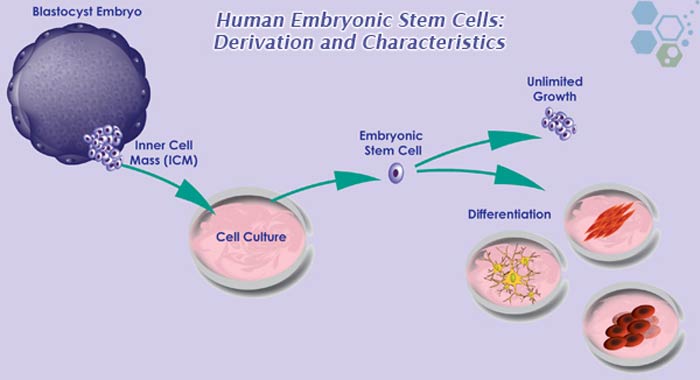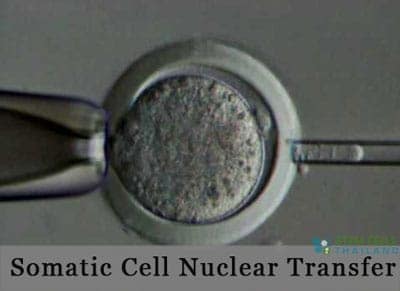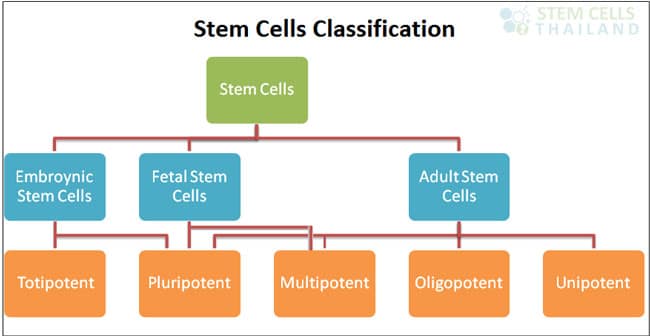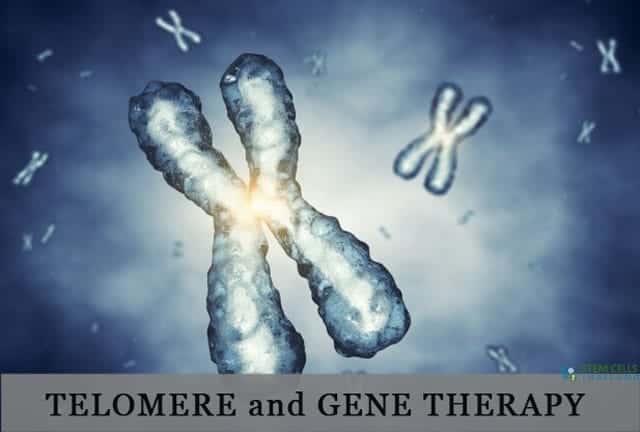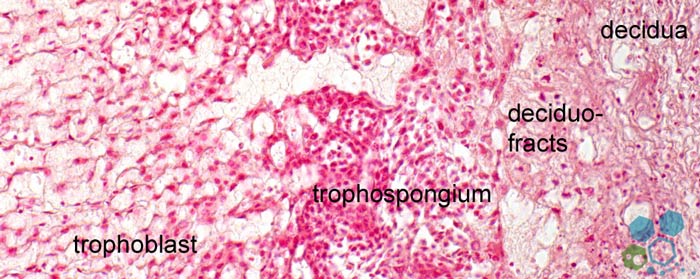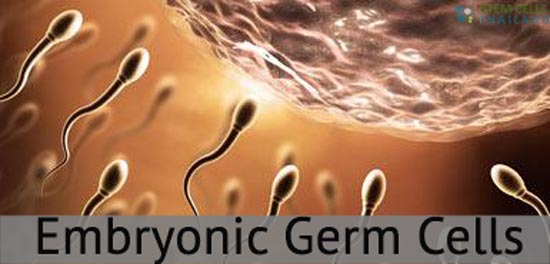Long-term self-renewal in regen medicine refers to the capability stem cells have for self-replication through continuous division. The result of this natural regeneration cycle is common amongst certain types of non-specialized cells. The process of self-renewing usually occurs over a long period (that could even run for years), and the length and rate of self-renewal is determined on the specific …
Somatic Cell Nuclear Transfer | SCNT nucleus of Somatic cells
Somatic cell nuclear transfer (SCNT) is a procedure in which the nucleus of an adult or somatic cell is inserted into an enucleated egg for the creation of an embryo. In-Vivo a nucleus, which contains a persons DNA, somatic cell is removed from its vessel and the rest of the cell cultures are discarded. Somatic cells are found in adult stem …
Oligopotent Cell Potency, Differentiation and Classification
Oligopotent cell lines have the ability to transform into quite a limited number of several other types of cells, an example of which is a myeloid cells,B cells, T cells, plasma cells, NK Cells or the cells comprising the lymphoid system. An example of Oligopotent Cells are myeloid cell can differentiate into any of the blood stem cells found in …
Benefits of Telomeres in Reversing Age & Gene Therapy
Telomeres are essentially the “butts” of single cell chromosomes. They are the tail end of a repetitive DNA structure that is highly related to your typical sequence of DNA that has undergone replication over and over again in a very distinct manner. A telomere will first neutralize a chromosomes’ predisposition/pre-programmed instructions to shorten with copy it makes. In other words, Telomeres …
Obligatory Asymmetric Replication Asymmetric Cell Division
Obligatory asymmetric replication is also known as asymmetric cell division is the process by which a stem cell undergoes differentiation or division. The final result of which are two daughter cells. [1] One cell is identical to the mother cell and the other a totally differentiated one. This is one of the processes in regenerative medicine that allows stem cells …
IVF In Vitro Fertilization Artificial Insemination
The word “In vitro” Latin translation, is simply “in glass.” In modern times this means an in-vitro environment is simply in a test tube or laboratory dish that holds the cell culture medium or substance necessary to perform a culture test or fertilization.[1] In vitro fertilization (IVF) is a medical procedure in which eggs and sperm are combined outside the …

